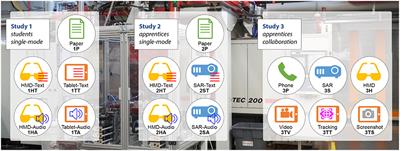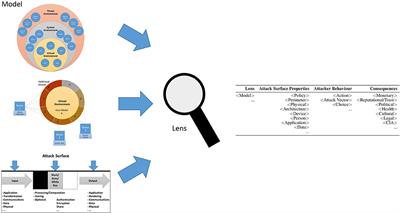ORIGINAL RESEARCH
Published on 15 Nov 2019
Help! I Need a Remote Guide in My Mixed Reality Collaborative Environment

doi 10.3389/frobt.2019.00106
- 3,055 views
- 20 citations
12k
Total downloads
184k
Total views and downloads
You will be redirected to our submission process.
ORIGINAL RESEARCH
Published on 15 Nov 2019

ORIGINAL RESEARCH
Published on 30 Oct 2019

ORIGINAL RESEARCH
Published on 23 Jul 2019

CORRECTION
Published on 11 Jul 2019

ORIGINAL RESEARCH
Published on 31 May 2019

ORIGINAL RESEARCH
Published on 09 Apr 2019

ORIGINAL RESEARCH
Published on 27 Mar 2019

ORIGINAL RESEARCH
Published on 08 Feb 2019


Frontiers in ICT
Virtual EnvironmentsOffline